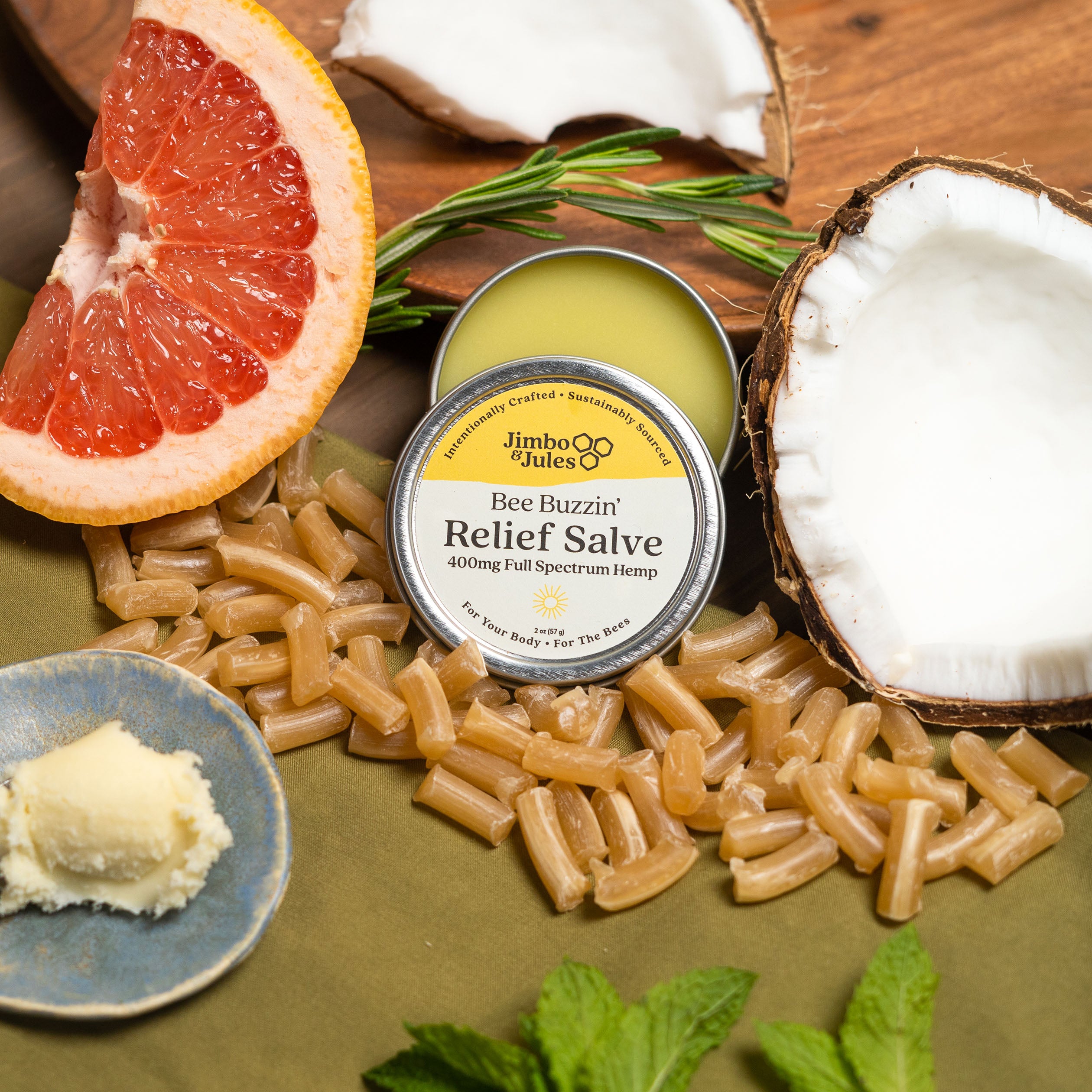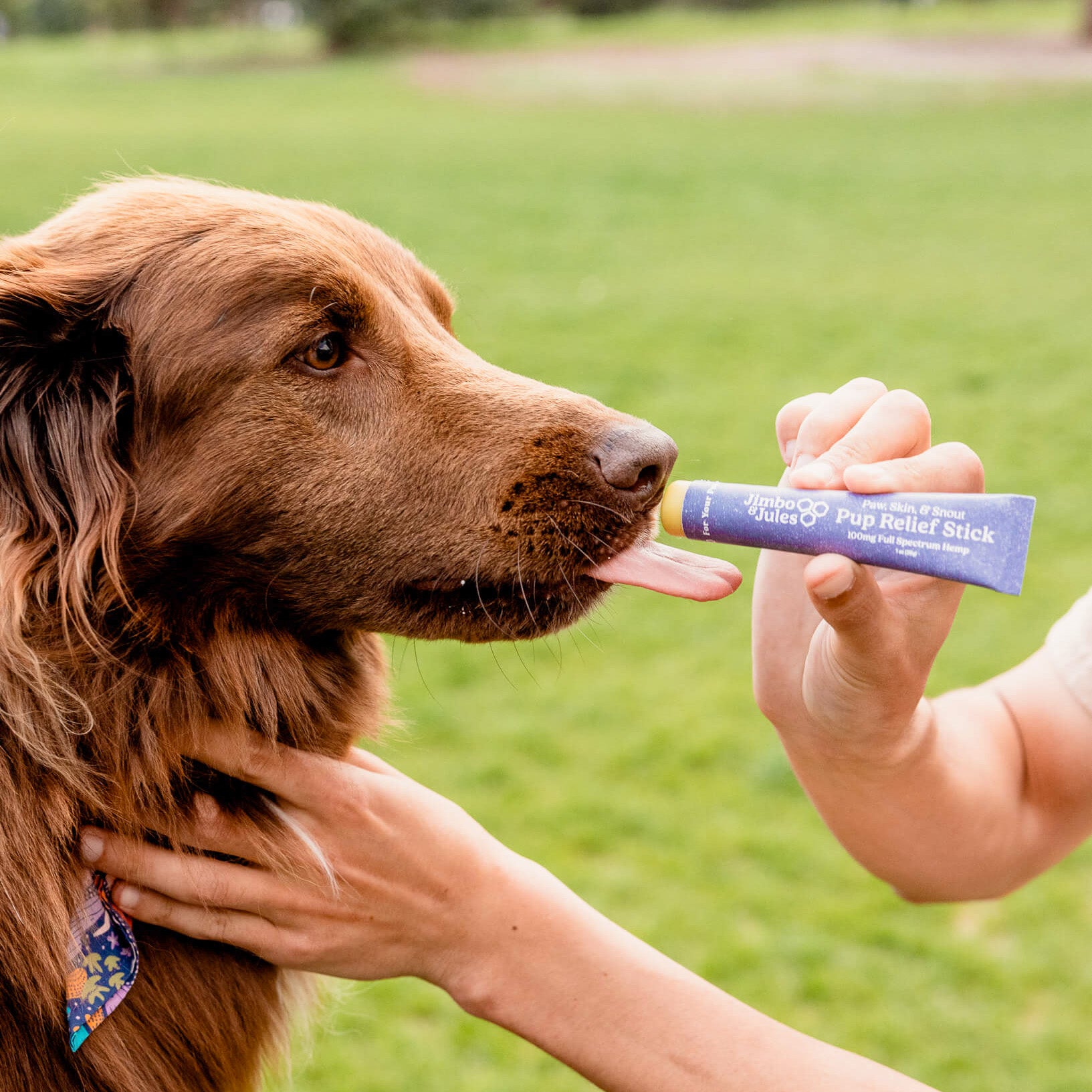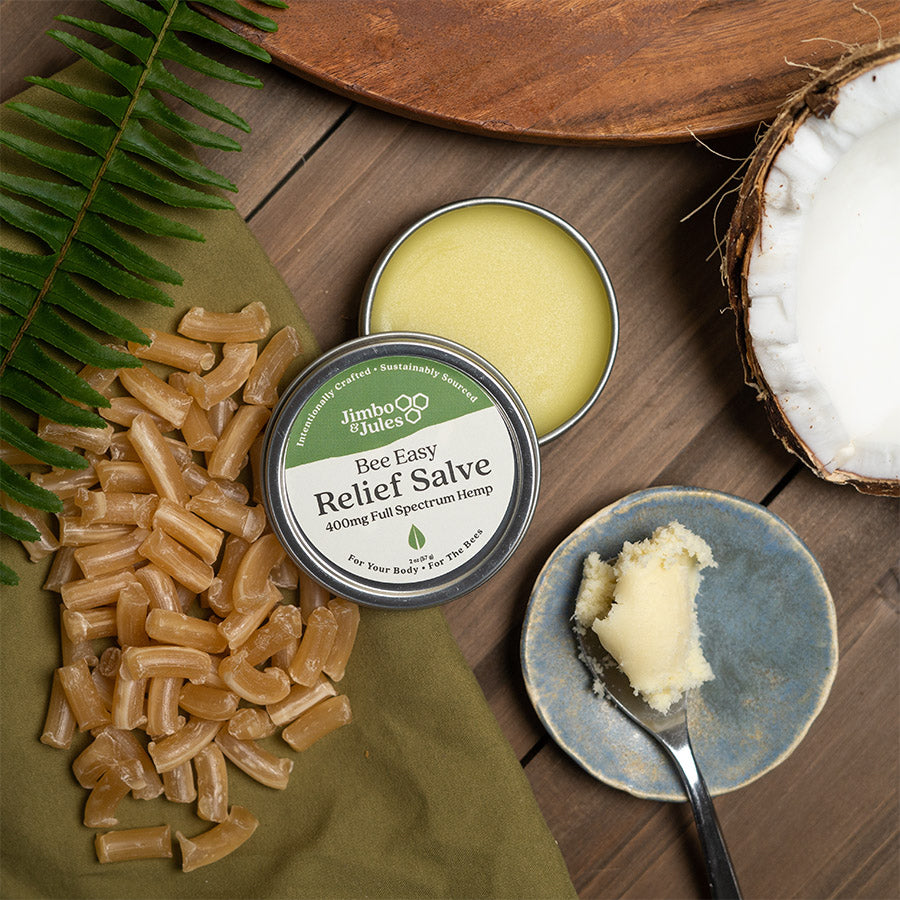Everybody loves a good massage, though few can afford to get a professional massage all that often. Fewer could even dream of getting a massage every day. The concept of daily massage may sound like frivolous luxury; our culture tends to portray massage as such, even as a rare occasion.
At J&J, we want to flip this mindset on its head. Daily massage is as important a self-care tool as daily exercise, daily hygiene, or a healthy diet. Our bodies need to be touched, moved, shaken up, rubbed, warmed, felt, and listened to in order to be healthy and to keep everything inside flowing as intended. While having another person massage you may be out of reach, a daily massage should elude no one! In this article, I will outline a few of our favorite forms of self-massage. I hope that these helpful tips will empower you to enjoy the benefits of massage with, by, and for yourself.
Why Massage Daily?
Massage feels amazing, but that’s not the only benefit it offers. Massaging relieves pain in a very real way - think of all the times you may have bumped your leg, or hit your head and been told to “walk it off” or “roll it out.” Using your hands to get a painful area physically moving increases circulation to the area, which relieves pain and helps it to actually heal faster. This concept applies for more chronic sources of pain, too!
Massage can help the mind just as much as the body. Remember, they’re incredibly connected. Regular massage has been shown to help relieve anxiety and stress, and even improve sleep. When we get stressed or anxious, we create tension in the body. While you may think of the knots in your shoulders as a byproduct of your stress, you may not realize that those knots are actually intrinsically related to what you’re feeling internally. Releasing those physical manifestations of stress can actually release the stress feeling itself, allowing your whole being to relax.
I’m going to highlight four types of massage you can give yourself every day, at home, without a bunch of expensive tools: reflexology, lymphatic, myofascial release, and aromatherapy.
#1 Reflexology Massage
There are different ideologies around why or how this works, but to be honest, you don’t have to be a reflexology expert in order to practice reflexology on yourself. It might not be precise or technical, but it can still bring great benefit.

To start, just grab hold of your foot and begin pressing all around the sole with your thumbs. I’d bet it won’t take more than a few moments to find a spot that feels surprisingly tender. Press and hold these sore spots for at least 30 seconds, then use your thumbs or palms to rub the area in small circles until you feel the tension start to dissipate. Apply this same practice to your hands, particularly the thicker parts of the palm, and to your ears by gently pinching with index and thumb, or pressing with index and second finger.
#2 Lymphatic Massage
Lymphatic massage is a quick and easy practice that can be seamlessly added into your daily routine. You can massage your lymph system with a body brush (best used just before showering), or with nothing but your own two hands.
This form of massage deals more with the surface of your body, so a lighter touch is encouraged. Unlike reflexology, which is targeting specific points of tension and working to release them, lymph massage aims to circulate fluid with long, flowing strokes. Check out this video for a more in-depth tutorial!
#3 Myofascial Release
Myofascial release refers to the fascial tissues that wrap around and throughout virtually every part of your body - from your muscles to your bones to your brain. If you’ve ever cut a piece of steak and seen those thin, white fibers laced throughout the meat: that is fascia! The importance of the fascial network in our body is still being discovered, but it should not be understated. Recently, it’s gone from being labeled an organ itself, to a full bodily system, to potentially something even more significant.
These fascial tissues can get bound up in response to physical & emotional stress, in turn knotting up your muscles and organs. By taking the time to release the fascia, rather than just stretching or rubbing the muscle, you can achieve profound relief from pain and tightness.
The tricks to myofascial release are threefold: pressure, breath, and patience. Similar to reflexology, myofascial release involves finding and pressing into tender pressure points. But to speak the language of fascia, you also have to give it time to unwind. Fascia tenses and relaxes in response to the central nervous system, and to release knots you must first relax the body. When you press a sore spot, your body thinks it’s under attack. The central nervous system tends to take at least 3 minutes to process this “attack,” and realize everything is okay. Once that happens, the fascia will release and expand in response to gentle pressure.

To practice myofascial release, find the trigger points in your body, and create pressure with minimal effort by using your bodyweight, a ball, and the floor. (You can use a tennis or lacrosse ball, or buy a set like this.) Then, set a timer for 3-5 minutes, and concentrate on the breath. Slow, deep breaths tell the body, “It’s all good. No threat here. We can relax.”
#4 Aromatherapy Massage
Aromatherapy is a useful tool that can be added to any form of massage to deepen the therapeutic benefit. Aromatherapy involves using the scents of essential oils - concentrated extracts from aromatic plants - to encourage intended effects in the body. Certain plants contain compounds called terpenes, which affect the body through the olfactory system in the nose, or through the blood when absorbed into the skin. There are tens of thousands of known terpenes that have been shown to have myriad effects on the body, from calming the nervous system to encouraging mental focus.
At J&J, we intentionally blend various essential oils to deliver physical results that are both tangible and balanced. Our CBD Massage Oil is infused with our Soothe Like Honey blend, which combines the therapeutic powers of eight essential oils to encourage emotional wellness and enhance circulation in the body.

Rock Rose is a flower whose essential oil has been used for centuries to not only rejuvenate damaged skin, but also to energetically support the heart through times of emotional difficulty and trauma. The essential oil of another featured flower, Geranium, is known to promote circulation and ease pain and inflammation in the body.
Whatever your goal, odds are there is an essential oil out there that can help. Adding aromatherapy to your daily massage practice can add both a layer of luxury as well as deepened therapeutic results. If you’re using your own, always be sure to dilute just a few drops into a carrier oil.
Make It A CBD Massage
You can improve so many facets of your overall health by adding massage into your daily self-care practice. I hope that this article has empowered and inspired you to view massage in a new light; to switch your perspective on the practice from luxury to necessity. Massage does so much more than just relieve sore muscles - though it is great for that, too. Just by showing your body some love and attention for a few minutes a day, you can improve your immune health, reduce anxiety and stress, encourage better circulation, and so much more. The addition of aromatherapy and CBD allow you to even further deepen your wellness routine.






